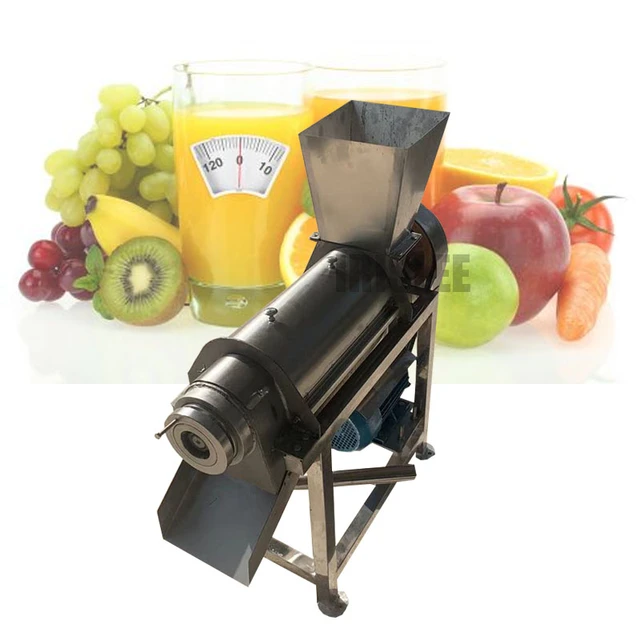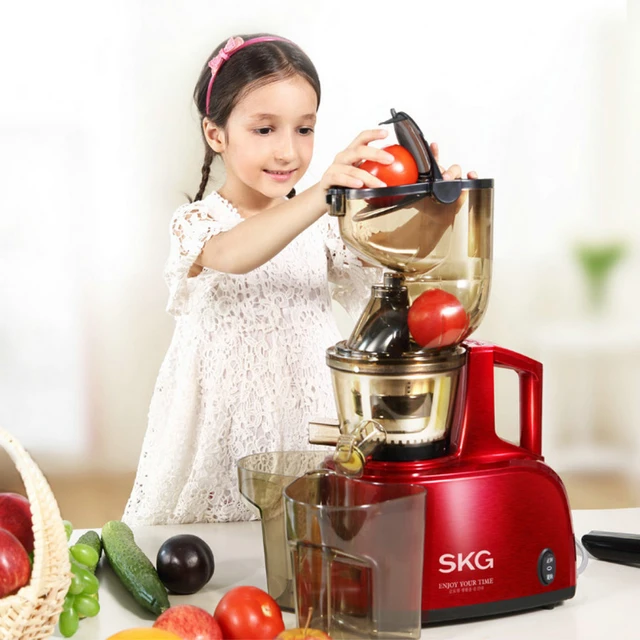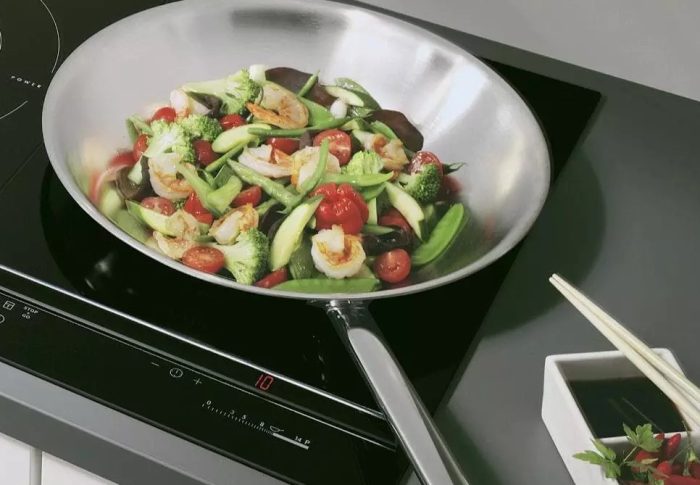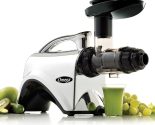
How to Make Apple Juice Without a Juicer? Discover Methods
Craving fresh apple juice but don’t have a juicer? No problem! Making apple juice without a juicer is entirely possible and quite simple with the right techniques. Whether you want to use basic kitchen tools or try different methods to extract the juice, this comprehensive guide will walk you through the steps. From selecting the best apples to preparing and straining your juice, here’s everything you need to know to make delicious apple juice without a juicer.

Selecting the Best Apples
Choosing the right variety of apples is crucial for making flavorful and balanced apple juice.
Best apple varieties for juice
Different apple varieties offer unique flavors and sweetness levels. For a balanced juice, blend sweet apples like Fuji, Gala, or Honeycrisp with tart varieties like Granny Smith. This combination provides a well-rounded flavor profile.
Checking for freshness
Ensure your apples are fresh and free from blemishes or bruises. Fresh apples have the highest juice content and yield the best flavor.
Washing and prepping
Rinse your apples thoroughly under cold water to remove any dirt or pesticide residues. Pat them dry with a clean towel before proceeding to cut and core them.
Core and Slice the Apples
Preparing the apples properly makes the juice extraction process easier and more effective.
Removing the cores
Use an apple corer or a knife to remove the cores from each apple. Removing the seeds and tough center parts ensures a smoother juice and prevents any bitterness.
Slicing the apples
Slice the apples into smaller chunks or thin wedges. Smaller pieces are easier to blend or cook down, enhancing juice extraction efficiency.
 Using a Blender
Using a Blender
A blender is an excellent tool for making apple juice without a juicer, providing a smooth and consistent result.
Blending the apple pieces
Place the apple chunks into the blender. Depending on the size of your blender, you may need to work in batches. Add a small amount of water (about 1/4 cup) to help the blending process.
Blending until smooth
Blend the apples until they form a smooth puree. Pause occasionally to scrape down the sides of the blender to ensure all pieces are thoroughly blended.
Straining the juice
Pour the apple puree through a fine-mesh strainer or cheesecloth into a bowl. Press the puree with a spatula or spoon to extract as much juice as possible. For a clearer juice, let the liquid drain slowly without pressing too hard.
Using a Food Processor
A food processor can also be used to make apple juice without a juicer, offering a slightly different texture.
Processing the apple pieces
Add the apple chunks to the food processor and pulse until they are finely chopped. Continue processing until the apples reach a pulpy consistency.
Straining the apple pulp
Transfer the apple pulp to a fine-mesh strainer or cheesecloth placed over a bowl. Allow the juice to drain naturally, or press the pulp gently to expedite the process. Straining multiple times can achieve a clearer juice.
Cooking Down the Apples
Cooking the apples helps break down their structure, making it easier to extract juice without a juicer.
Simmering the apples
Place the apple chunks in a large pot and add enough water to cover them. Bring the mixture to a simmer over medium heat, then reduce the heat and let it cook for about 20-30 minutes, until the apples are soft and mushy.
Mash the cooked apples
Using a potato masher or a fork, mash the soft apples in the pot to release more juice. This step ensures maximum extraction of the liquid content.
Straining the mixture
Pour the mashed apples through a fine-mesh strainer or cheesecloth into a bowl. Press the mixture to extract the juice, discarding the leftover pulp. For a clearer juice, strain the liquid a second time.
Using a Steamer
A steamer is a unique method for making apple juice, capturing the essence of the fruit effectively.
Setting up the steamer
Fill the bottom part of your steamer with water and bring it to a boil. Place the apple chunks in the steamer basket and set it over the bottom part, ensuring the apples don’t touch the boiling water.
Steaming the apples
Cover the steamer and let the apples steam for about 30 minutes. The heat will soften the apples, making them easier to juice.
Collecting the juice
Remove the steamer basket and let the apples cool slightly. Use a fine-mesh strainer or cheesecloth to strain the softened apples, pressing gently to extract the juice.
Enhancing Your Apple Juice
Personalizing your apple juice with additional flavors can elevate its taste profile.
Sweeteners
If you prefer sweeter juice, add natural sweeteners like honey, agave syrup, or a pinch of sugar. Blend or stir the sweetener into the strained juice until fully dissolved.
Spices
Incorporate exciting spices like cinnamon, nutmeg, or ginger for a warm, aromatic twist. Add a small amount and adjust according to your taste preferences.
Citrus Zest or Juice
Enhance the freshness by adding a squeeze of lemon or lime juice. Citrus zest can also add a delightful complexity to the apple juice.
Storing Your Apple Juice
Proper storage is essential to maintaining the freshness and flavor of your homemade apple juice.
Refrigeration
Store the freshly made apple juice in an airtight container or glass jar. Refrigerate the juice immediately and consume it within 3-5 days for optimal freshness.
Freezing
For longer storage, freeze the apple juice in ice cube trays or freezer-safe containers. Thaw the juice in the refrigerator before consuming, and use it within a few months to preserve flavor quality.
Using Leftover Pulp
Don’t let the leftover apple pulp go to waste; there are several ways to repurpose it effectively.
Baking
Incorporate the apple pulp into baking recipes like muffins, bread, or cakes. The pulp adds moisture and a subtle apple flavor to your baked goods.
Smoothies
Blend the apple pulp into your smoothies for added fiber and nutrition. It pairs well with other fruits and enhances the overall texture.
Composting
If you don’t plan to use the apple pulp, consider composting it. The pulp is biodegradable and enriches the soil, making it an eco-friendly option.
Health Benefits of Homemade Apple Juice
Homemade apple juice offers numerous health benefits that make it a worthwhile addition to your diet.
Nutrient-rich and preservative-free
Unlike store-bought juice, homemade apple juice contains no added preservatives or artificial ingredients. It’s a natural source of vitamins, minerals, and antioxidants.
High fiber content
Using whole apples for your juice ensures that more of the fiber is retained compared to commercial juices. Fiber aids digestion and helps maintain a healthy metabolism.
Supports heart health
Apples are rich in compounds like flavonoids and polyphenols that support heart health. Regular consumption of apple juice can contribute to reduced cholesterol levels and improved cardiovascular function.
Troubleshooting Common Issues
Addressing common issues can help you perfect your homemade apple juice.
Cloudy juice
If your juice is too cloudy, try straining it through a finer mesh or multiple layers of cheesecloth. Allowing the juice to sit and then decanting it can also help clear out some of the sediment.
Bitter taste
Bitterness often results from apple seeds or core remnants. Ensure all seeds and cores are removed before processing the apples. Adding a bit of sweetener can also help balance a slightly bitter juice.
Insufficient yield
If you find your juice yield is lower than expected, ensure you are using fresh, high-quality apples and fully mashing or blending them to extract the maximum amount of juice.
 Children-Friendly Recipes
Children-Friendly Recipes
Making apple juice can be a fun and healthy activity for kids.
Involving kids in preparation
Allow your children to help with washing, coring, and slicing the apples. This hands-on activity can be both educational and enjoyable.
Creating fun variations
Encourage kids to experiment by adding their favorite fruits or flavors to the apple juice. Berry blends, citrus hints, or light spices can make the juice more appealing to young palates.
Incorporating Apple Juice into Recipes
Extend the use of your homemade apple juice by incorporating it into various recipes.
Smoothies and cocktails
Apple juice makes an excellent base for smoothies and can elevate cocktails with its natural sweetness. Blend it with other fruits, vegetables, yogurt, or spirits for refreshing drinks.
Sauces and dressings
Use apple juice as a base for sauces and dressings, adding a fruity note to savory dishes. It’s perfect for glazes, marinades, and vinaigrettes.
Desserts
Integrate apple juice into desserts like jellies, ice creams, or sorbets. It brings a natural sweetness and crisp apple flavor to your treats.
Conclusion: Enjoy Fresh Apple Juice Anytime
Learning how to make apple juice without a juicer opens up a world of possibilities for enjoying fresh, homemade juice. By following the detailed steps provided, you can easily create delicious apple juice using everyday kitchen tools. Whether you prefer blending, cooking, or steaming, this guide offers versatile methods to suit your preferences. Enhance your juice with additional flavors, store it properly, and find creative ways to use leftover pulp. Enjoy the numerous health benefits of fresh apple juice, and incorporate it into various recipes to make the most of your homemade creation. Embrace the process and enjoy the natural, refreshing taste of homemade apple juice whenever you desire.






